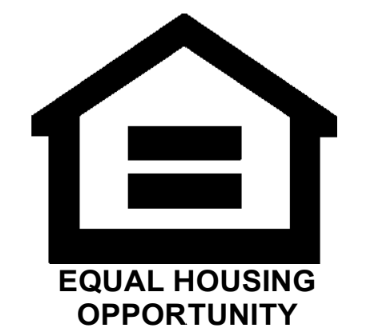INVESTMENT PROPERTY LOANS
Loan amounts available from $50,000 - $5,000,000
Quick approvals
Funding in less than a week
Short and long repayment terms
Competitive interest rates
Bank statement loans available
DSCR loans, no W-2s, paystubs or tax returns required
Snap draws as you need funds for rehab and construction
Portfolio, blanket loans for seasoned and expanding investors
Fix & flip and rental property loan advantages
Short-term fix & flip loans
Fix & flip
Ground-up renovation
Ground-up new construction
Rehab & upgrading
Long-term rental property
Single-family 1-4 units
Single property rental loans
Portfolio blanket loans
New development purchase finance
Common uses for our investment property loans
Fix & Flip Investor Loans
Investor loans for residential short-term fix and flip properties up to four units.
Fix and flip investor loans are funds provided to real estate investors for buying properties in need of renovation. The idea is to "fix" or renovate the property and then "flip" or sell it quickly for a profit. These loans often have short terms, reflecting the risk and quick turnaround involved in the real estate market. Investors use these loans to leverage their capital and take advantage of opportunities in the dynamic real estate sector.
DSCR Loans
DSCR loans offer long-term loan solutions for rental properties that investors seek future value capital gain on. Highly qualified individuals can benefit with secondary home loans which do not require rental income to qualify for the loan.
Debt Service Coverage Ratio (DSCR) loans are like a financial health check for real estate investments. The lender assesses the property's ability to generate income to cover the loan payments. Imagine you want to buy a house and rent it to a tenant. The lender looks at how much money the building makes (after expenses like mortgage note, maintenance and taxes), and compares that to how much you'll owe each month on the loan. If the building makes significantly more money than the loan payments it's a good sign. This extra income acts as a safety cushion, ensuring that even if the property's earnings dip a bit, there's still enough to cover the loan. This ratio helps lenders decide if the property can comfortably handle the loan, making it a crucial factor in investment real estate financing.
Here’s how it works:
Calculation: DSCR is calculated by dividing the property’s net operating income (NOI) by the total debt service (loan payments). The formula is: DSCR = Net Operating Income / Total Debt Service. A DSCR above 1 indicates the property generates enough income to cover its debt obligations.
Lender’s Perspective: Lenders use DSCR to evaluate the property’s cash flow and assess the risk associated with the loan. A higher DSCR (typically above 1.2) suggests a safer investment because the property’s income substantially exceeds its debt obligations.
Borrower’s Perspective: For borrowers, having a high DSCR is advantageous because it increases the likelihood of loan approval. Lenders are more confident in lending to properties with a strong income stream.
Impact on Loan Amount: Lenders often set a minimum DSCR requirement. If a property’s DSCR is too low, the loan amount may be reduced to ensure the property can comfortably cover its debt payments.
Risk Management: DSCR loans are a way for lenders to mitigate risks. By ensuring that the property’s income is significantly higher than its debt payments, lenders minimize the chances of loan default, even if the property’s income fluctuates. In summary, DSCR loans focus on the property’s income-generating potential rather than just the borrower’s creditworthiness. These loans are commonly used in commercial real estate financing and are crucial for both lenders and borrowers to assess the property’s financial viability and the loan’s risk level.
Portfolio Rental Loans
Portfolio loans, also known as blanket loans, are a type of financing that allows real estate investors to borrow a single loan amount to cover multiple properties within their investment portfolio.
This can be an ideal way to keep the ball rolling with the acquisitions of investment properties and secure long-term financing.
Fixed-rate loan options available as well as ARMs, 30-year amortized interest only loans to maintain low initial monthly payments
Instead of securing individual loans for each property, investors use a portfolio loan to streamline the borrowing process. This can provide flexibility and efficiency, making it easier for investors to manage and finance multiple properties simultaneously. The portfolio loan is secured by the entire investment portfolio, and if one property performs well, it can positively impact the overall loan situation.
Contact
faisal@keyalocapital.com
(281) 948-2967
12808 W. Airport Blvd. Suite 325K
Sugar Land, TX 77478
Socials
Subscribe to our newsletter
NMLS # 2390059


